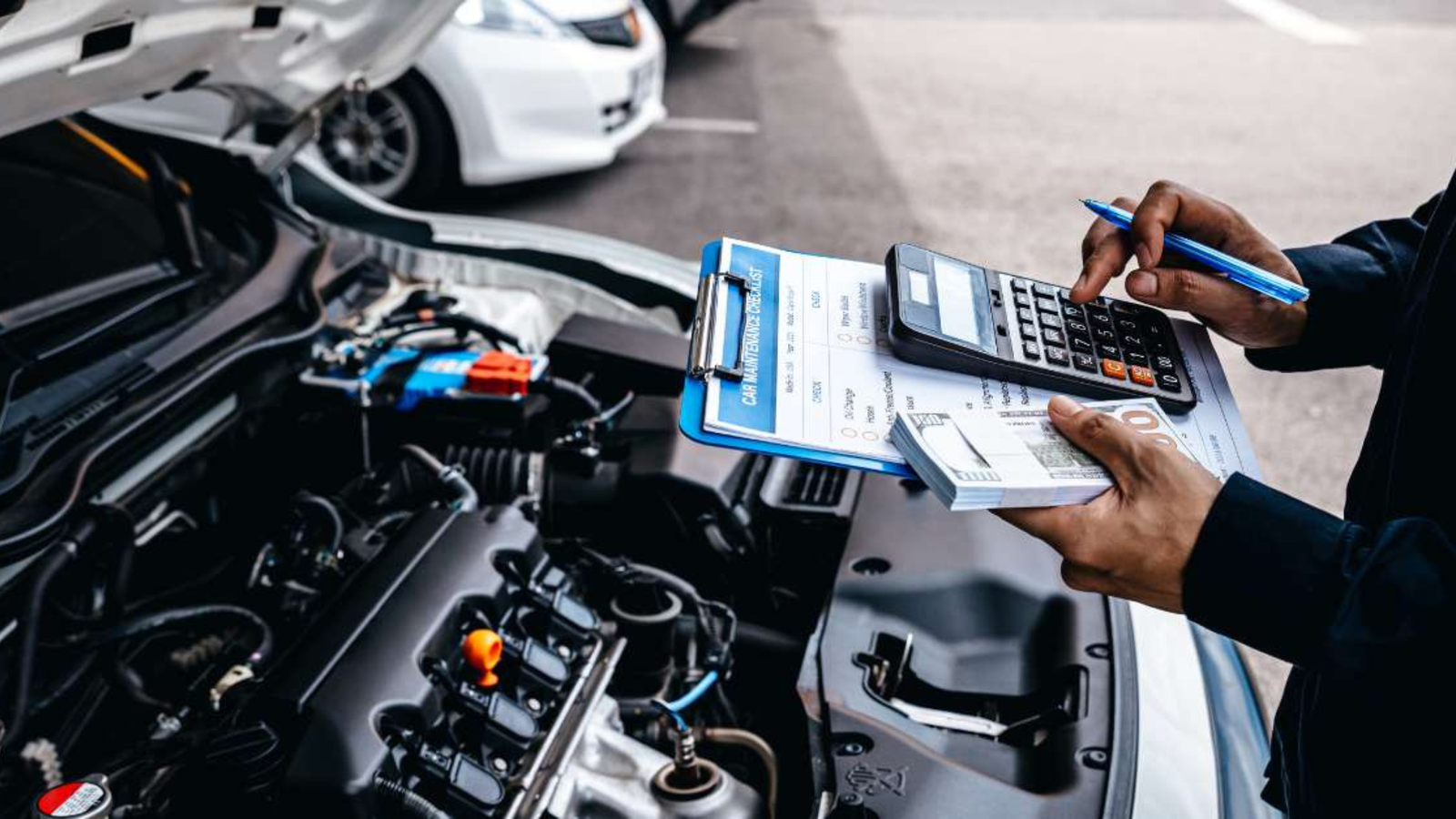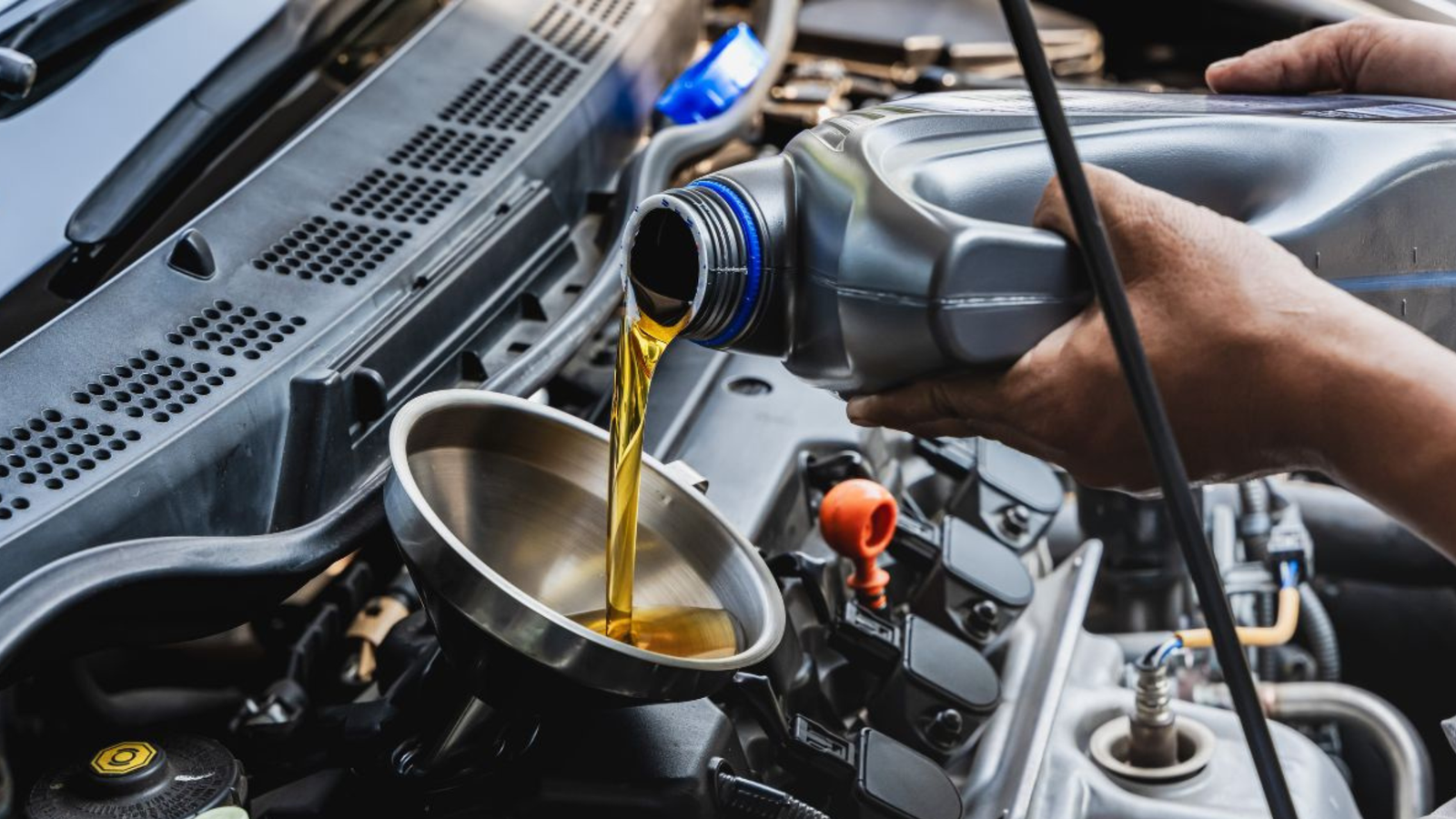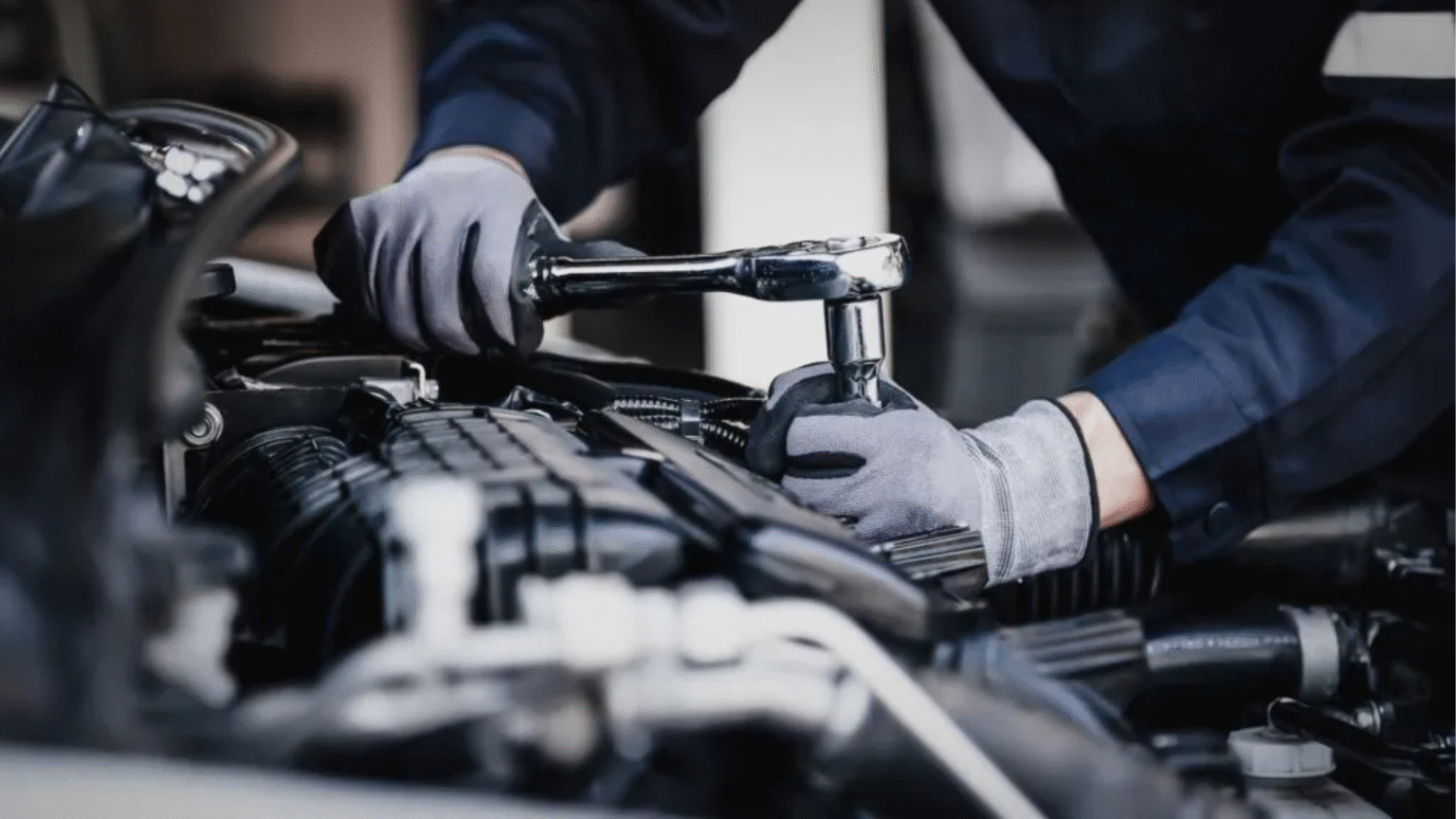Owning a car brings freedom and convenience—but it can also bring hefty repair bills if you’re not proactive. Whether it’s a minor brake pad change or a full engine rebuild, auto repair costs add up quickly. Thankfully, there are practical and strategic ways to reduce car repair costs without compromising your vehicle’s performance or safety.
In this comprehensive guide, we’ll explore proven techniques, maintenance hacks, and smart shopping strategies to help you reduce car repair costs, all while keeping your vehicle running smoothly.

Table of Contents
-
Introduction
-
Why Car Repairs Are So Expensive
-
Top 10 Ways to Reduce Car Repair Costs
-
Common Car Repairs and Average Costs
-
Preventive Maintenance: The Ultimate Cost Saver
-
Choosing the Right Mechanic or Garage
-
When to Use OEM vs Aftermarket Parts
-
DIY Repairs That Can Cut Costs
-
Apps & Tools That Help Reduce Car Repair Costs
-
Final Thoughts
1. Introduction
According to AAA, the average car repair bill ranges from $500 to $600. Multiply that by several visits a year, and you’re looking at a significant annual expense. But here’s the good news—most of these costs can be avoided or minimized.
Understanding how to reduce car repair costs starts with being an informed and proactive car owner. With the right approach, you can keep your car in top shape without draining your bank account.
2. Why Car Repairs Are So Expensive
Before we dive into ways to reduce car repair costs, let’s understand why they’re high to begin with:
-
Labor Costs: Technicians charge $80–$150/hour depending on location.
-
OEM Parts: Original parts are costly due to branding and quality.
-
Specialized Equipment: Modern cars require advanced diagnostics tools.
-
Lack of Maintenance: Delaying oil changes or tire rotations leads to bigger repairs later.
Knowing what drives up costs helps you make smarter decisions to reduce car repair costs efficiently.
3. Top 10 Ways to Reduce Car Repair Costs
Here are the most effective strategies to reduce car repair costs:
1. Stick to a Maintenance Schedule
Follow your car’s owner manual for maintenance timelines. Regular oil changes, tire checks, and fluid top-ups prevent larger issues down the road.
2. Compare Repair Quotes
Use websites like RepairPal or YourMechanic to get multiple quotes. This allows you to reduce car repair costs by avoiding overpriced shops.
3. Avoid Dealerships (Unless Necessary)
Independent garages are usually 20-30% cheaper than dealerships for the same repair work.
4. Learn Basic DIY Repairs
You don’t need to be a mechanic to replace air filters, wiper blades, or headlight bulbs—all of which can help you reduce car repair costs.
5. Buy Your Own Parts Online
Websites like RockAuto or AutoZone let you buy parts at a fraction of what garages charge. Bring the parts to your mechanic for installation.
6. Monitor Warning Lights
Don’t ignore dashboard warning lights. Early diagnosis means lower repair costs.
7. Use Quality Fuel & Fluids
Premium fuel isn’t always necessary, but using clean oil and correct coolant can prevent major engine repairs.
8. Keep Your Tires Aligned
Misaligned tires can damage suspension and lead to uneven wear. This simple check helps reduce car repair costs significantly.
9. Sign Up for Maintenance Packages
Many shops offer annual plans covering oil changes, inspections, and discounts on parts.
10. Keep Maintenance Records
Well-documented service history can help mechanics troubleshoot faster and cheaper.

4. Common Car Repairs and Average Costs
Here’s a breakdown of typical car repair jobs and what you might expect to pay—plus how much you could save by shopping around:
| Repair Type | Average Cost at Dealership | Independent Garage | DIY Cost |
|---|---|---|---|
| Brake Pad Replacement | $300 – $450 | $200 – $300 | $80 – $150 |
| Spark Plug Replacement | $200 – $400 | $120 – $250 | $50 – $100 |
| Alternator Replacement | $500 – $900 | $300 – $600 | $200 |
| Oil Change | $70 – $150 | $30 – $70 | $20 – $30 |
| Battery Replacement | $200 – $350 | $120 – $200 | $90 – $130 |
By leveraging smart choices, you could reduce car repair costs by 40% or more in many cases.
5. Preventive Maintenance: The Ultimate Cost Saver
The golden rule of car ownership? Preventive maintenance is cheaper than emergency repairs. Performing routine checks and servicing is one of the most effective ways to reduce car repair costs long-term.
Key Preventive Steps:
-
Check fluids monthly: Engine oil, transmission, brake fluid, and coolant.
-
Inspect belts and hoses every 10,000 miles.
-
Rotate tires every 6,000–8,000 miles.
-
Clean battery terminals to avoid corrosion.
-
Replace filters (air, cabin, fuel) per manufacturer guidance.
6. Choosing the Right Mechanic or Garage
Who you trust with your car has a major impact on your ability to reduce car repair costs.
What to Look For:
-
ASE-certified technicians.
-
Transparent estimates with breakdowns.
-
Good online reviews on Google and Yelp.
-
Warranty on labor and parts.
Always get a second opinion if a repair seems unusually expensive.
7. When to Use OEM vs Aftermarket Parts
OEM (Original Equipment Manufacturer) parts are designed specifically for your vehicle, but they come with a premium price.
OEM vs Aftermarket:
| Feature | OEM Parts | Aftermarket Parts |
|---|---|---|
| Price | Expensive | 20-50% cheaper |
| Quality | Guaranteed fit | Varies (some are better) |
| Warranty | Usually included | Depends on the supplier |
To reduce car repair costs, consider high-rated aftermarket brands with good warranties.
8. DIY Repairs That Can Cut Costs
If you’re handy or willing to learn, there are several repairs you can do yourself and reduce car repair costs drastically.
Easy DIY Tasks:
-
Replacing wipers
-
Changing air filters
-
Battery installation
-
Checking and topping off fluids
-
Changing headlight bulbs
Tools like YouTube tutorials, repair manuals, and mobile apps make it easier than ever.
9. Apps & Tools That Help Reduce Car Repair Costs
Technology can be your best friend when it comes to vehicle maintenance.
Recommended Apps:
-
Carfax Car Care – Track service history and get reminders.
-
RepairPal – Compare repair costs and find trustworthy garages.
-
OBD Auto Doctor – Diagnose issues with a Bluetooth scanner.
Using these tools helps you catch problems early and reduce car repair costs proactively.

10. Final Thoughts
Car repair bills don’t have to be painful or expensive. With a little planning, research, and hands-on effort, anyone can significantly reduce car repair costs.
Remember:
-
Stay on top of routine maintenance.
-
Shop around for quotes.
-
Learn basic DIY tasks.
-
Don’t ignore small issues.
In today’s economic climate, every dollar saved matters. So take control of your car’s health and your wallet—because the best time to reduce car repair costs is before you need to make a costly repair.

